The Saturday before Thanksgiving was our last CSA pickup, and since I was traveling for the holiday rather than cooking for an army of gathered family members, I wasn’t quite sure what kind of produce investment to make. It seemed regrettable to waste this last hurrah, but also a shame to let perfectly lovely vegetables rot in my crisper drawer while I was out of town. That’s where the cabbages come in.
A few weeks ago, I got a copy of Canning for a New Generation and got really excited about, well, canning. Since it was already November, I figured I’d pretty much missed the boat this round but could spend the winter months making plans for storing next year’s bounty. However, towards the back of the book was a recipe for sauerkraut that was more or less “chop this cabbage and shove it (into a food-safe container for three weeks while it ferments).” I think somehow I also found the labor description of squeezing and massaging the salt into the vegetable (characterized as a “difficult immigrant experience”) somehow personally compelling. Anyway, I didn’t have a fancy crock, but I did have my gallon wine bucket and the two beautiful heads of green cabbage I’d finally settled on as my CSA pick. If it wasn’t fate, it was at least a good use of resources.
So there I was chopping and massaging this massive pile of shredded vegetable (a couple of tablespoons of kosher salt per head). I found a kind of scrubbing motion–as if I had an imaginary wash board down in the bucket that I was running the cabbage along–especially effective. Though I put my back into it, I never did get the cabbage to release enough water to cover the mixture well, so I boiled and cooled an additional 4 cups of brine to top things off.
Now my bucket sits patiently in the dining room, and if all goes as hoped, I’ll stuff fresh kraut into glass jars, water bath them, and have “put up” my first pantry treat, all ready for luck in the new year.
UPDATE: Kraut is canned!
So, I tasted a bite of the sauerkraut on Friday, and I’m honestly surprised to be able to report that it’s really, really good! This project somehow had a lot more of the “science experiment” vibe to it to me than even the cheesemaking did, but it worked and now that I’ve stored it so neatly I can hardly wait for the consumption to begin. I think some pierogies must be made, STAT, to accompany the ethnic feast I’m plotting in my mind.
The canning piece of this process was simple, the biggest investment simply waiting for all that water to boil in the huge canning pot. Meanwhile, into my large stock pot, the sauerkraut went and I brought it up to a boil for ten minutes. (This kills off the good bacteria of the ferment, so in future I may opt for smaller batches for eating fresh.) Once the jars were washed and sterilized and the lids took a dip in the boiling bath as well, the kraut was stuffed into the jars, the lids added, and then it was back into the tub for 10 minutes processing. Afterward, they rested on a towel, setting off satisfying “pops” as they cooled and the lids sealed. One didn’t quite seem to seal (ahem) and will need to be eaten immediately. Oh, darn…

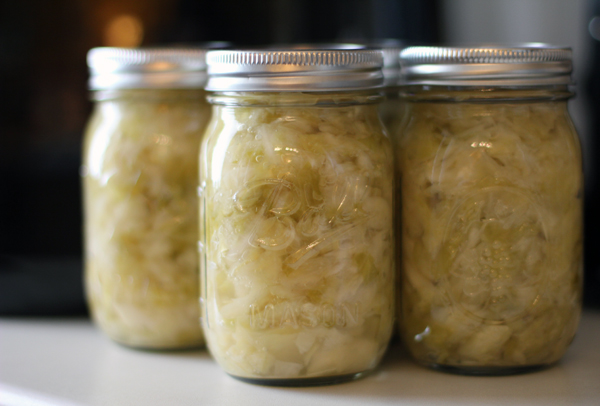
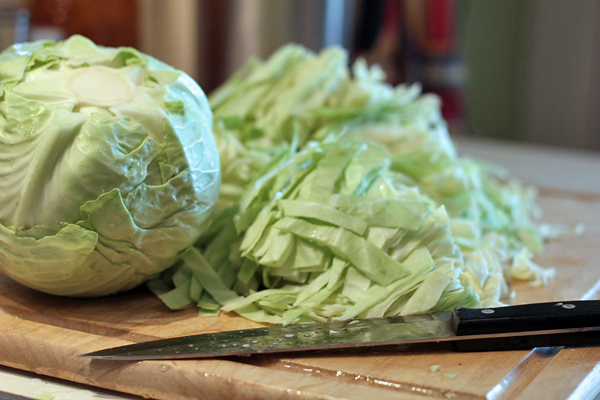
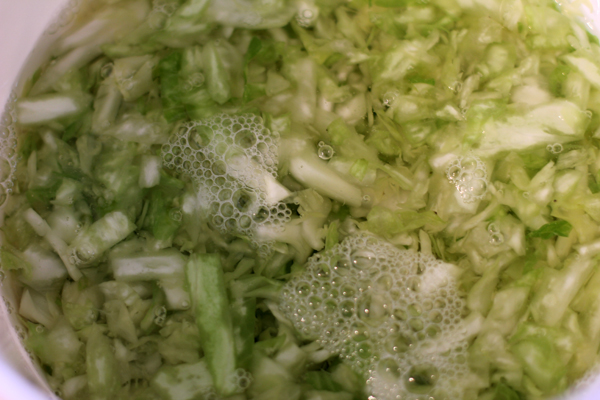
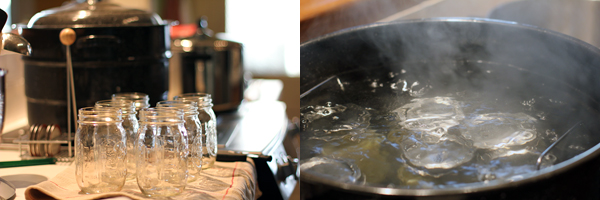
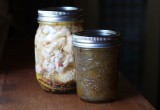
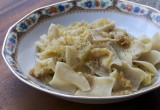







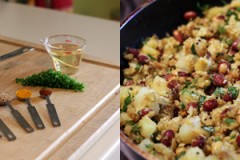


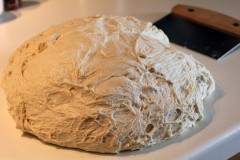




Your Hungarian grandmother would be so proud!
I am from Poland and I LOVE Sauerkraut – kapusta kiszona :) My blog name is also Wonderland :) Best regards!
[…] going to simple post this as something of a bookmark for me to come back to. I want to make homemade sauerkraut. So, at some point soon, I will be coming back to this, but if you’re curious yourself, head […]
[…] going to simple post this as something of a bookmark for me to come back to. I want to make homemade sauerkraut. So, at some point soon, I will be coming back to this, but if you’re curious yourself, head […]